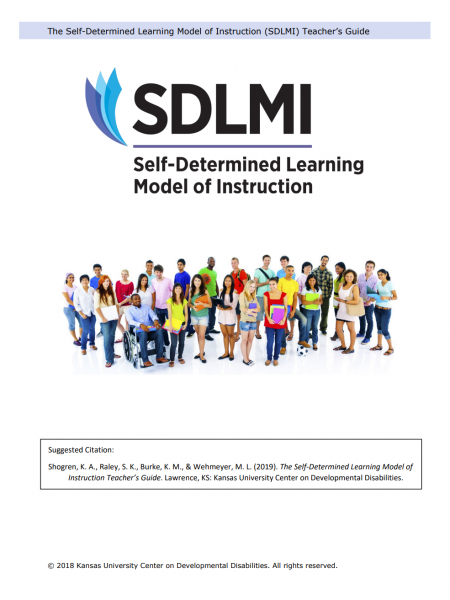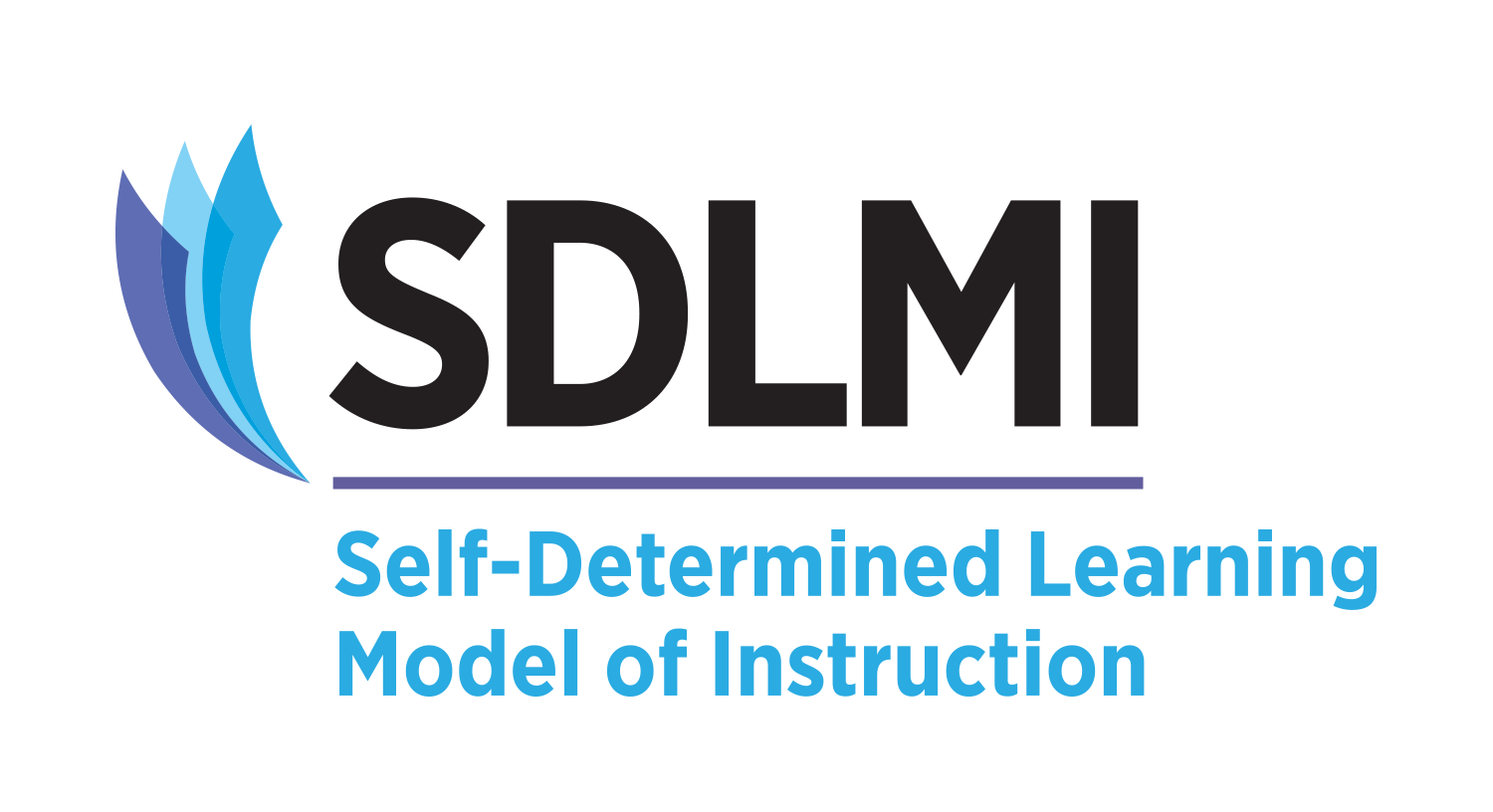
The Self-Determined Learning Model of Instruction (SDLMI) is used by teachers to enable students to:
- Set goals
- Make choices and decisions
- Develop plans to reach goals
- Track progress toward goals
To learn how to implement the SDLMI please contact us to discuss training options.
How is the SDLMI used?
- In each phase, Student Questions guide students in solving the overall problem of each phase
- Each Teacher Objective provides a roadmap for teachers supporting students to answer the Student Questions
- Teachers use Educational Supports to provide instruction to answer Student Questions
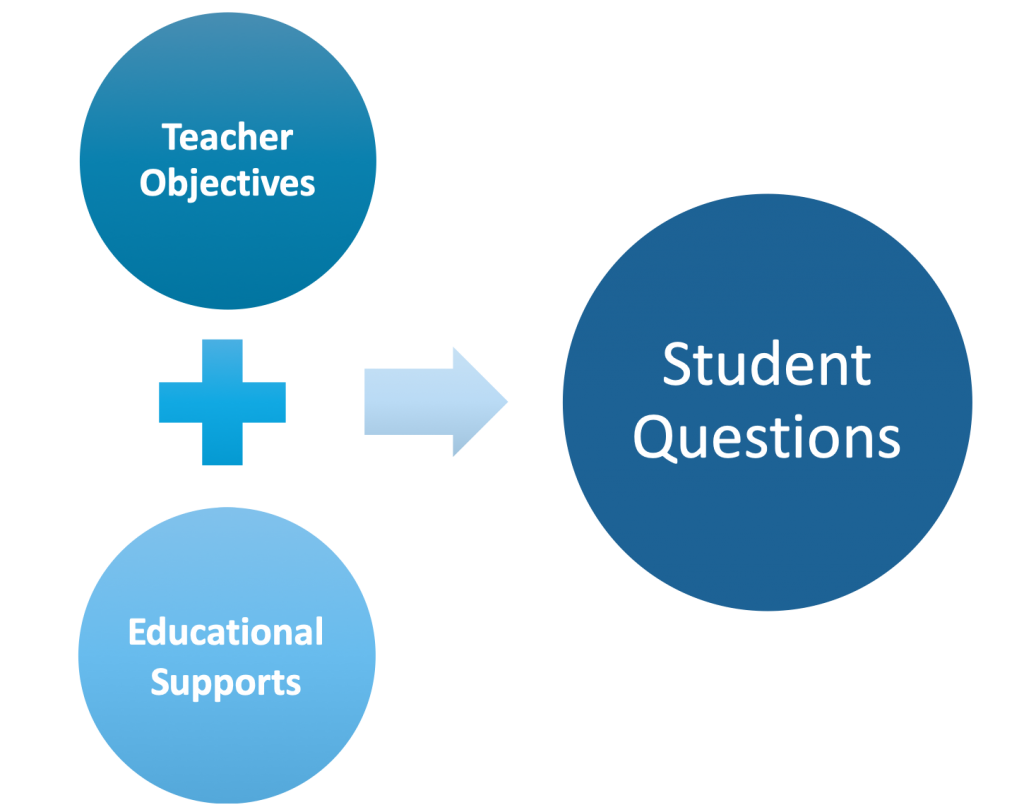
How does it work?
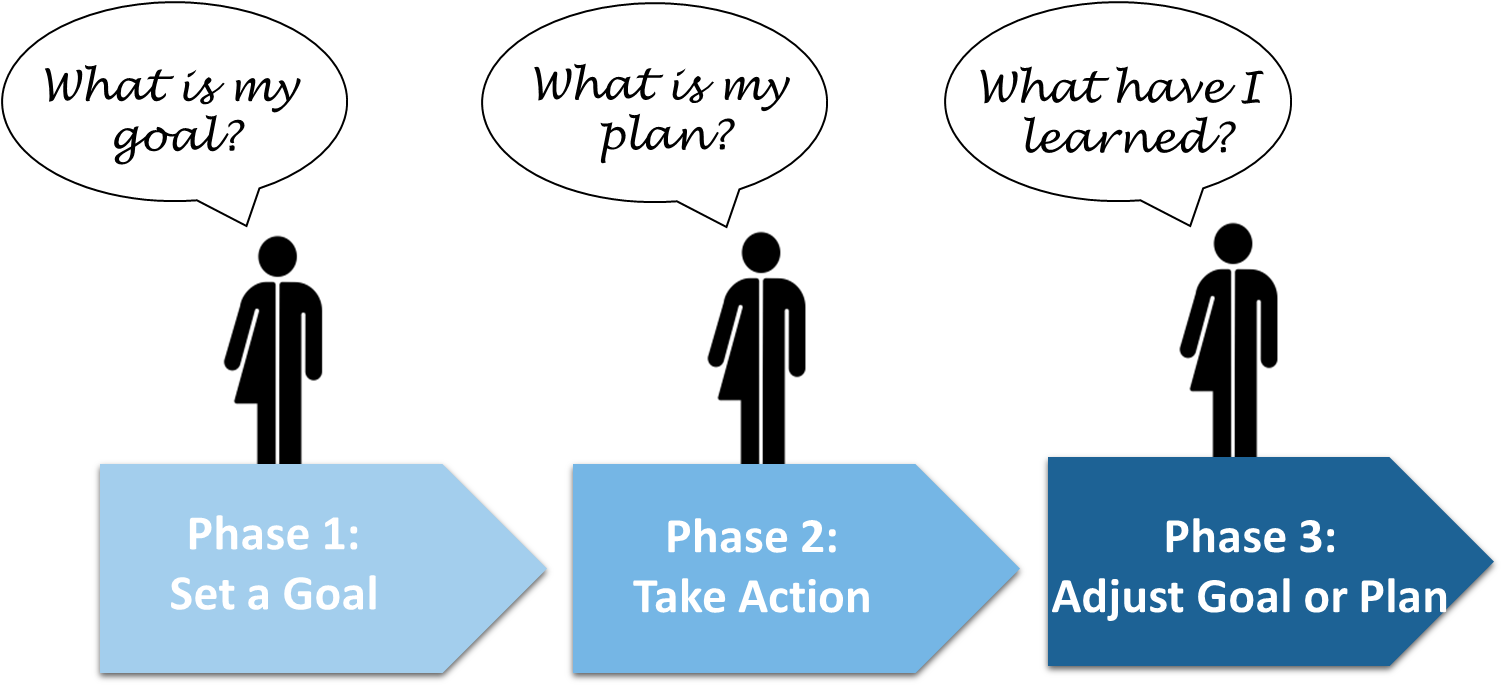



Teacher’s Guide
This Teacher’s Guide describes the Self-Determined Learning Model of Instruction (SDLMI) and how teachers and other school personnel can use the model to support students with or without disabilities to:
- ✓ Learn and use skills that enable them to problem solve, leading to goal setting and attainment
- ✓ Identify meaningful learning goals across multiple curricular domains
- ✓ Make progress toward goals across multiple curricular domains
- ✓ Achieve more positive school and post-school outcomes
- ✓ Become more self-determined
While the teacher’s guide is available to help illustrate how the SDLMI can work, it is intended as a supplement to expert led training through KUCDD. To learn how to implement the SDLMI please contact us to discuss training options.
The SDLMI Coaching Model
The purpose of the SDLMI Coaching Model is to ensure sustainable, systematic, and ongoing supports for facilitators so that they can improve their knowledge and skills in implementing the SDLMI with fidelity to benefit students’ learning.
- SDLMI Coaching Framework is composed of the six coaching principles and is intended to support coaches in providing effective coaching. It operationalizes actions associated with each principle.
- SDLMI Coaching Stages is to actualize the coaching principles in practice through coaching tasks completed in four stages. The first occurs prior to an observation, the second stage during the observation and the last two stages (Reflect and Share) occur during the Coaching Session following the Coaching Observation.
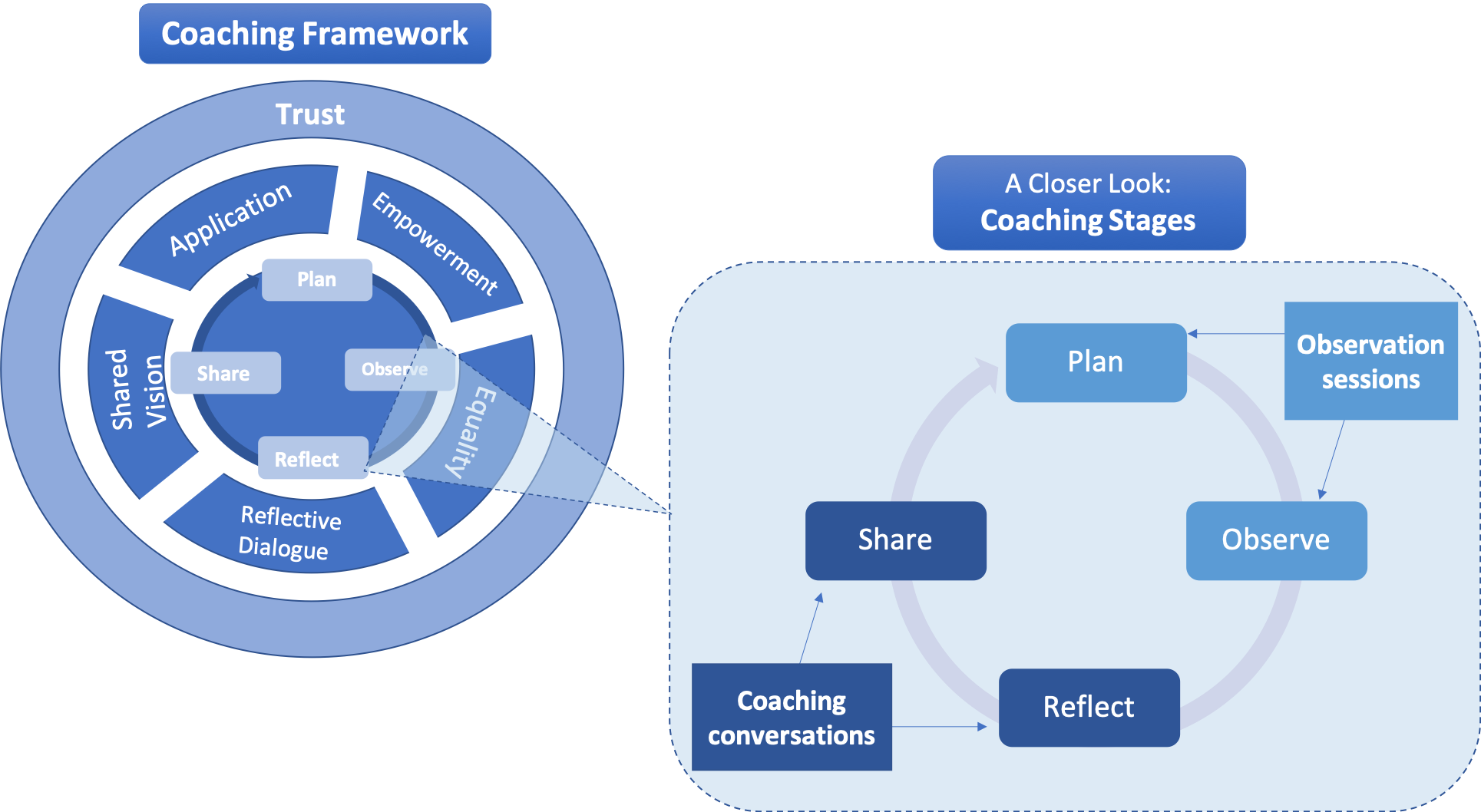
During training, implementers will learn how to work with students to set goals related to academic achievement, personal achievement, and post-school endeavors.
Examples of goals related to academic achievement:
- Building content-specific skills (e.g., English skills)
- Being prepared for class
- Improving skills that support academic achievement (e.g., note-taking, organizing)
Examples of goals related to personal achievement:
- Building personal skills (e.g., nutrition or exercise goals)
- Participating in extracurricular activities (e.g., band, clubs)
- Getting a volunteer job or community service experience
Examples of goals related to post-school endeavors:
- Researching higher education (e.g., enrolling in college/university classes)
- Securing competitive employment
- Participating in community activities and services
- Self-determination skills increase academic achievement and progress
- These are often skills teachers are already targeting indirectly, and instruction on self-determination skills formalizes the process.
- To learn more about how we to implement the SDLMI in your setting, please contact us about training options.
During training, implementers will learn how to incorporate the SDLMI into transition planning.
- As teachers collaborate with students to prepare for their transition from high school to adult life, the SDLMI can be a valuable tool for setting goals around future employment, education, or community life. Students can set goals that are integrated into transition planning materials, like Individualized Education Programs (IEPs) or Individualized Plans for Employment (IPEs).
- Some students may also use the SDLMI to plan for the role they wish to take on their transition planning team through developing their leadership, communication, and self-advocacy skills.
- All students! The SDLMI is designed to be individualized to student needs, and thus teachers can enable students with a range of support needs, including those with the most extensive support needs, to set and go after goals with the SDLMI.
- When implementing the SDLMI with students with significant support needs, teachers are encouraged to build upon cognitive and communication supports the student is familiar with,such as visual representation of concepts (e.g., goal, plan) or assistive technology.
To learn more about how to implement the SDLMI in your setting, please contact us about training options.
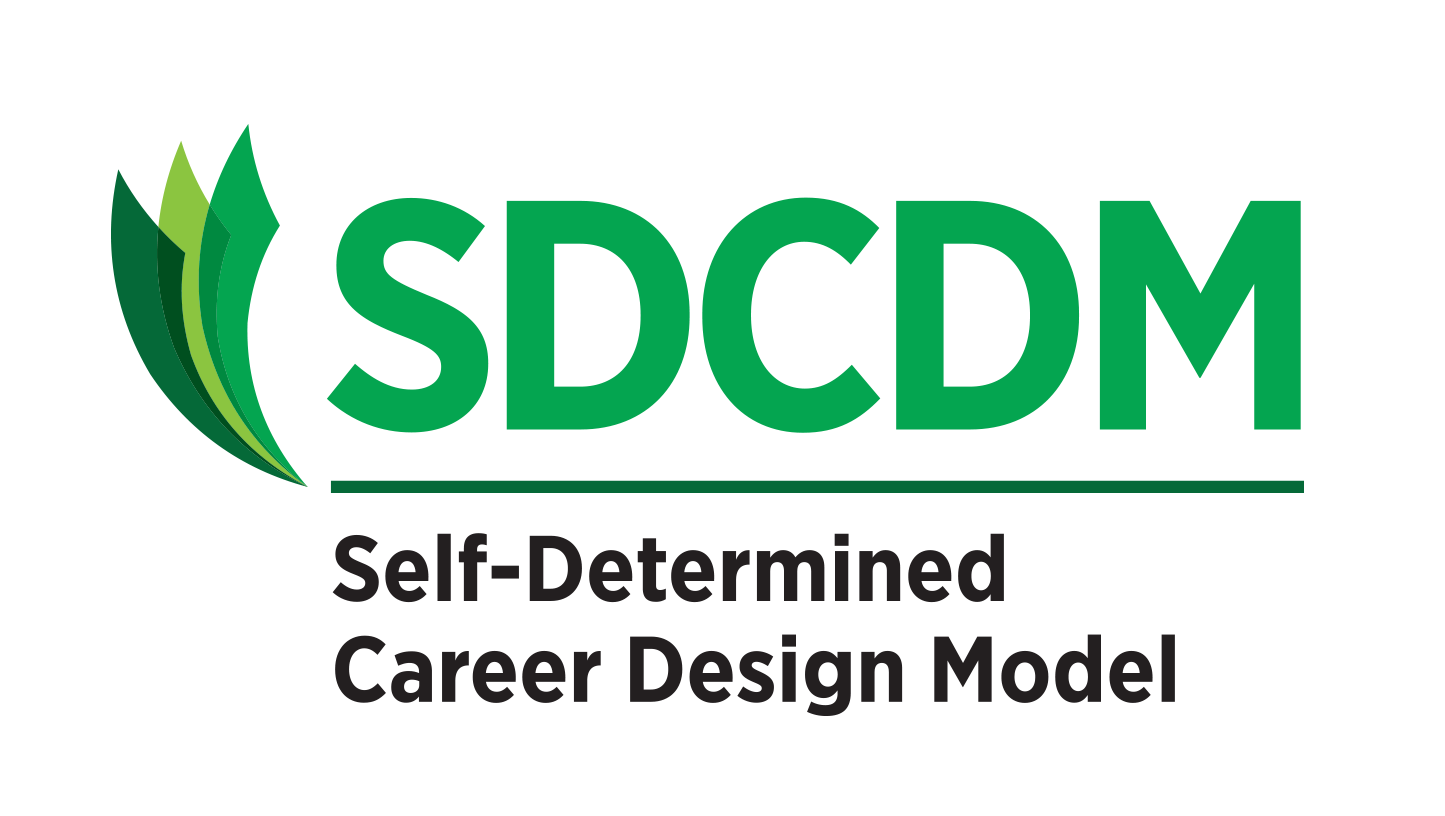
The Self-Determined Career Design Model is used by facilitators (support providers, community service providers, career counselors, etc.) to enable individuals to:
- Set career-related goals
- Make career-related choices and decisions
- Develop plans and implement to reach career-related goals
- Self-reflect on progress toward career-related goals
To learn how to implement the SDCDM please contact us to discuss training options.
How is the SDCDM used?
- In each phase, Person Questions guide individuals in solving the overall problem of each phase
- Each Facilitator Objective provides a roadmap for facilitators supporting individuals to answer the Person Questions
- Facilitators use Employment Supports as suggested activities that facilitators can use to meet the Facilitator Objectives
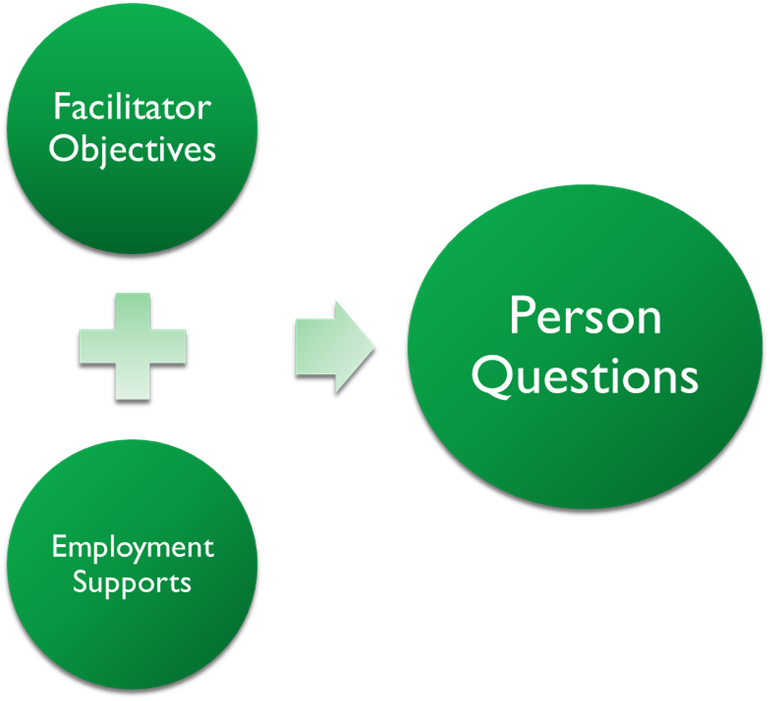
How does it work?




Anyone who wants to design their career trajectory.
Examples include:
- Students (e.g., high school, post-secondary education)
- People who want to advance in their career or change jobs
- People who are currently looking for a job
Anyone who works with individuals who might benefit from the SDCDM.
Examples include:
- Teachers
- Support providers
- Community service providers
- Career counselors
However, to become a facilitator, people need to receive a training to use the SDCDM. For more information, contact us.
Anywhere where an individual and a possible facilitator interact with each other.
For example:
- School (e.g., high school, post-secondary education)
- Job-site
- Community
- Home
- Individuals should work towards goals during regular sessions and monitor their progress using their action plan wherever appropriate to their goals. Facilitators support individuals, but individuals self-direct the process.
- Facilitators, can however, infuse key words and prompts to think about goals during all other interactions to strengthen skills and knowledge that individuals are learning from the SDCDM.
To learn more about how to implement the SDCDM in your setting, please contact us about training options.

